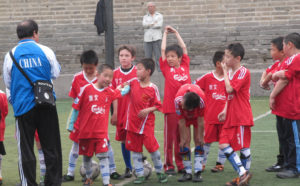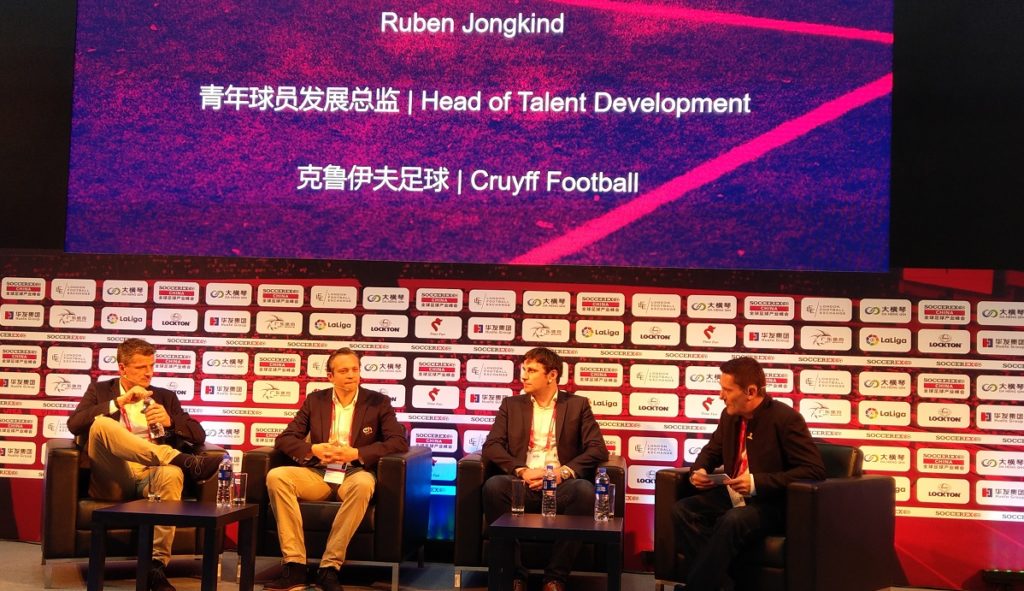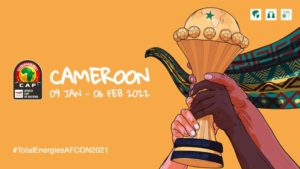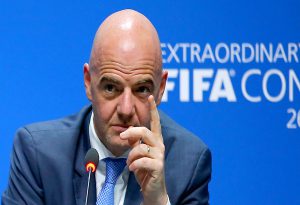In the last four or five years there has been increased talk about the internationalisation of football. This has stirred my curiosity since as far as I know football has been played all over the world for more than a century. The world governing body of recognized football, FIFA, boasts 211 members compared to the United Nations’s 193 member states. Football as we know it, is the most popular sport in the world. So what exactly does the internationalisation of football mean and how is it being carried out? Who is internationalising this global phenomenon?
Internationalisation
According to Investopedia, “Internationalization is the designing of a product in such a way that it will meet the needs of users in many countries or can be easily adapted to do so…products that are internationalized often must be localized to fit the needs of that country’s users.” One of the most widely used strategies in the internationalization of products or services is translation, having products available in the local language. For lovers of the beautiful game, we know the football is a language by itself. You see different styles of play from different countries and continents, but the language of football is easily recognized across the globe.
Further, and in an economic context, internationalisation can refer to a company that takes steps to increase its footprint or client base outside of its country of domicile and into international markets. This definition is more akin to what is currently happening in the world of football.
More and more we are seeing football associations, leagues, clubs and sport companies venturing out of their countries of domicile into new markets. The internationalisation is mainly being championed by Europe, the strongest continent in football. This is especially in relation to the activities of European federations, leagues and clubs in yet to be fully exploited markets such as China, India, United States and Africa. Be it the French Football Federation setting up office in China; La Liga partnering with the Kenya Premier League; Everton doing their pre-season training in Tanzania; and most recently, and really interesting, the Rwanda Development Board, through their subsidiary, the Rwanda Convention Bureau, becoming Arsenal’s first official sleeve sponsor using ‘Visit Rwanda’ messaging.
This is indeed a cause for excitement especially in the target markets. But what does it mean for the future of football and how should football stakeholders respond?
China
China has been at the forefront of the internationalisation of football, as the current number one destination for European football entities in search of new markets. It is rather obvious to see why this is the case – the size and the stability of the Chinese market. With an estimated population of over 1.4 billion people you can imagine the potential China holds for any company that ventures there. That coupled with the relatively stable business environment makes China an ideal business partner, hence the foray by European football businesses into the China. Even more interesting for the football business is the fact that Chinese football is relatively underdeveloped, providing space for imported knowledge and expertise. Interestingly, the Chinese have also taken a proactive stance in welcoming the football world to China, something anyone keen on football business and development would admire.

The Chinese government led by president Xi Jinping embarked on a aggressive and impressive football development program. Only recently replaced by India as the fastest growing economy in the world, China aims to create a domestic economy worth $850 billion by the year 2025. In order to achieve this ambitious programme, China is investing heavily in the required sports education and infrastructure with football at the core. Football is now a mandatory part of the school curriculum and China plans to have up to 50,000 football schools by 2025. What is more interesting however is their engagement with international partners mainly from Europe in order to achieve these ambitious goals. The Chinese are doing their best to meet their European counterpart halfway by investing in the European football market through the takeover of European clubs and ensuring mutually beneficial agreements between China and European associations.
Soccerex
I recently had the privilege to attend Soccerex, the premier football business event in Zhuhai China with my colleagues from The Football Business Academy. The event brought together various players from the global football industry mainly to network. As a first-timer in a football business conference there was indeed a lot to learn on the way business is done in the football world. It’s all about the network – you have to be connected to the business. Perhaps this is not unique to the football industry but it was interesting to see how the exhibition area was turned into a huge marketplace where buyers and sellers interacted and exchanged information and ideas, pushing products and ultimately exchanging business cards. Let’s pick up the conversation later!
This could be seen as yet another proactive move by the Chinese, inviting top industry players to their backyard. Among the paricipants at the event were FIFA Secretary General Fatma Samoura (featured photo), PSG President Nasser Al-Khelaifi, football legends Hernàn Crespo and Deco just to mention a few. Also represented were the big Chinese corporations as well as European football leagues and clubs: Bayern Munich, Southampton, PSG, Borussia Dortmund, Juventus, La Liga, etc. You could tell all focus had shifted to the Chinese market. As one of the executives at the event remarked, even getting 0.5% of that market would be a great boost for any company or club in Europe
This was an event where you could tell how China has been engaging with the football world, mainly Europe, and also how they intend to do so in the future.

Football Development
One of the sessions I attended at Soccerex was delivered in partnership with Cruyff Football. The Dutch organisation, inspired by the legendary Johan Cruyff, specializes in football education and consultancy and are keen to expand their business into China. From the discussions, it came out clearly that future of China’s football depends on building the pyramid from the ground up. This means delivering football education at the grassroots level. The panel ascertain that the Chinese development of the required infrastructure, “the hardware”, was impressive but they needed to work on “the software”. This means instilling a football philosophy among its young players. The Dutch were here to deliver “the software”.
A key challenge facing the development of football in China is the lack of a background or football culture. However, this could be countered by their eagerness to learn. The Chinese are also known for their disciplined approach to things, something that could be a weakness as it can at times stifle individual creativity. Perhaps here the former definition of internationalisation that emphasizes on adapting the product to the country would fit. Indeed it will be interesting to see how football develops in China in the coming years both on and off the pitch. Their aim is to become a world football powerhouse by 2050!
Africa
You might ask what about Africa? Earlier in the article I cited a couple of examples, including Arsenal’s recent partnership with ‘Visit Rwanda’, which show that the continent is also benefiting from this new push for internationalisation. However, I am of the view that more needs to be done by football stakeholders in Africa to maximise the gains of internationalisation for the African game. In a future article I hope to look into how Africa has positioned itself within the football business network and perhaps explore some ways in which we could better ride this new wave of internationalisation.





